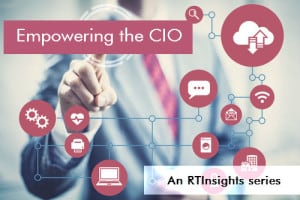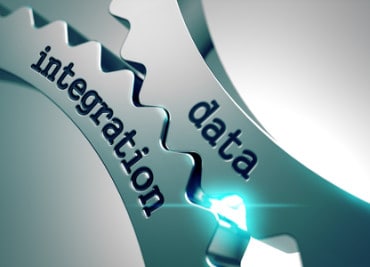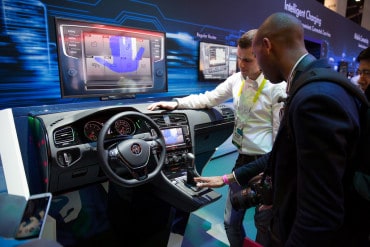
“Today’s cloud is tomorrow’s legacy system.”
As technologies evolve to process data, an enterprise faces the task of integrating new tech with legacy systems. In the video below, Rocana discusses the importance of “future-proofing” an IT monitoring platform to retain data visibility:
Transcript:
Adrian: Hi. I’m Adrian Bowles with RT Insights and STORM Insights. We conduct ongoing research into the opportunities and challenges presented by new technologies and the day-to-day issues facing CIOs as they attempt to get the most out of their technology investments. In this series, we ask executives of emerging and innovative technology firms how they address specific issues that today’s CIOs struggle with every day. Today’s guest is the CEO and co-founder of Rocana.
When CIOs are surveyed about their priorities, some technology priorities naturally change over the years from client server to cloud to mobile. CIOs have to have a credible strategy for when and how to adopt new technologies. One thing that doesn’t change is the business priority of keep legacy systems running while integrating new applications, technologies, and processes. Omer, how does Rocana help a CIO get visibility into their portfolio and make better decisions?
Omer: When we work with our customers, we see two approaches in terms of organizational structure for IT. We have a classic, fully integrated team where the folks who were responsible for running the mainframe and the application server are also now in charge of the private cloud system or the public cloud system. There’s also this concept of bimodal IT where there’s a new IT team that’s been hired to tackle the new technologies while an existing IT team is responsible for keeping the lights on and keeping this running with legacy tech.
Either way, the systems actually have to connect. The new cloud services, the new microservices, they’re all serving applications that tie back into the classic application framework and the mainframe, and so regardless of the mode of IT, what Rocana gives customers — and allows CIOs to do — is actually get visibility across both of these systems and connect, whether it’s two teams or one large team, connect what’s happening on the front end to what’s happening in the backend and see that in one central location.
As a side effect, realizing that today’s next generation cloud is actually tomorrow’s legacy system, in effect, Rocana gives you future-proofing because you can continue to add on systems and whatever next generation technology is coming — whether it’s hybrid cloud, or whatever happens beyond Docker containers and microservices — you’re going to have another team or an extension to that team, and you’re still going to want visibility potentially all the way back to the mainframe still.
Adrian: Thanks, Omer, and thank you for watching. For more information on Rocana, please visit their website. To see more videos in this series, please visit rtinsights.com.






























